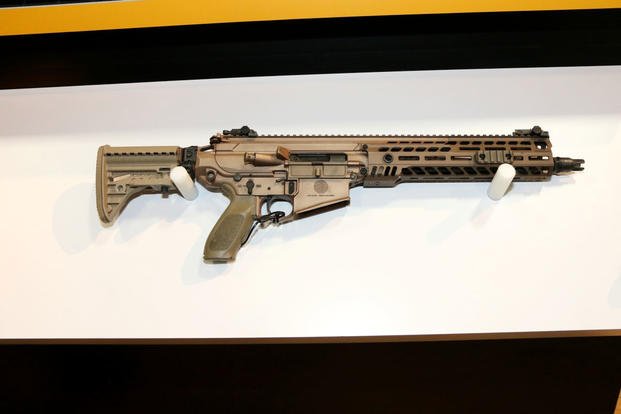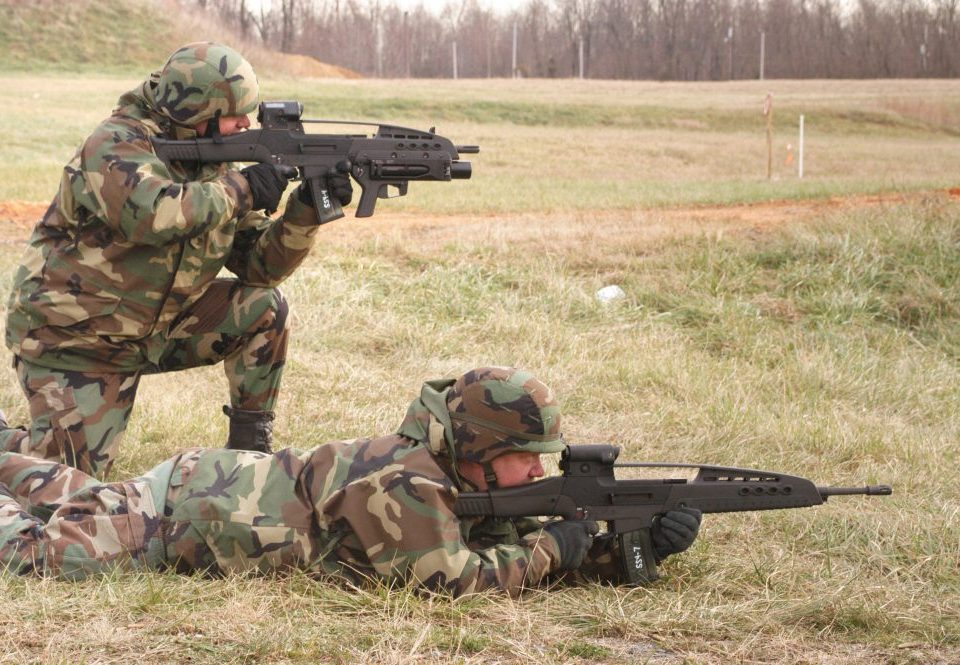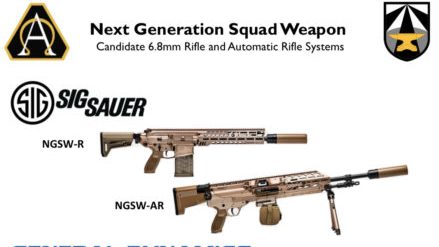
Statement of Army Secretary to the US Senate Armed Services Committee, discusses Army Modernization Priorities to include NGSW (pages 9-10)
March 26, 2020U.S. Army NGSW-Fire Control Optic Announcement
April 23, 2020
The U.S. Army just named the two firms selected to build sophisticated fire-control prototypes the service will test for its Next Generation Squad Weapon (NGSW) effort.
Army weapons officials awarded prototyping agreements worth roughly $8.7 million each to L3 Harris Technology Inc. and Vortex Optics, according to award notices published Wednesday on beta.sam.gov.
The agreements are expected to last up to five years, but both firms are required to deliver fire control prototypes within seven months, according to the notices.
The Army may award follow-on production contracts or agreements to both firms without the use of further competition procedures, the notices state.
“The ultimate goal would be for the Army to select one winner,” Pete Rowland, spokesman for Project Manager Soldier Lethality, told Military.com, adding that the service is scheduled to make a production decision in late fiscal 2021.
In a news release Wednesday, L3 Harris announced it will deliver 115 prototypes of its fire-control system.
“The NGSW-FC provides an integrated approach to targeting by combining range-finding capability, ballistic computation and environmental sensors that increase the probability of accurate targeting while decreasing the time to engage a threat,” according to the release.
L3 Harris has teamed up with Leupold & Stevens Inc. for its high-volume, domestic manufacturing capabilities to meet the Army’s requirements, the release states. “L3 Harris is proud to offer the U.S. Army a revolutionary fire control solution that will increase soldier lethality and enhance situational awareness,” said Lynn Bollengier, president of Integrated Vision Solutions at L3 Harris.
The Army is currently testing NGSW prototypes from General Dynamics Ordnance and Tactical Systems Inc., Textron Systems and Sig Sauer Inc. for the final phase of the NGSW effort, which is designed to replace the 5.56mm M4A1 carbine and the M249 squad automatic weapon in close-combat units with automatic rifle and rifle versions chambered for a more powerful 6.8mm round.
Vortex Optics officials said recently that its fire-control prototype combines a 1,000-meter laser range finder, ballistic computer and atmospheric sensors so shooters don’t have to take their eyes away from the optic to consult separate instruments to read range and wind conditions.




